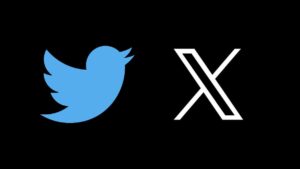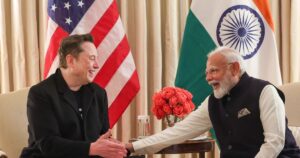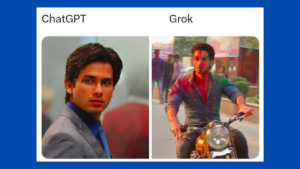X Faces New Section of IT Act Being Utilized to Censor Content

Elon Musk’s Platform X Challenges Indian Government’s Content Blocking Orders
Billionaire Elon Musk’s social media platform, X (previously known as Twitter), has initiated a legal battle against the Indian Central government. The lawsuit contests the government’s use of Section 79(3)(b) of the Information Technology Act, 2000, which allows for content blocking. X argues that this section has given rise to an “unlawful” censorship ecosystem that operates outside existing legal frameworks.
Overview of the Lawsuit
On March 17, X filed a petition in the Karnataka High Court, accusing various government agencies of improperly applying Section 79(3)(b) to serve content takedown notices. X claims that these actions bypass necessary procedural safeguards that are typically established under Section 69A of the IT Act, which also governs content blocking.
X asserts that the Supreme Court’s 2015 Shreya Singhal ruling, which mandated judicial oversight for content censorship, is being violated. The company argues that 23 years after the introduction of Section 79, the review and application of this law have veered into a realm that lacks essential legal protections.
Allegations Against the Central Government
In its legal filings, X has raised concerns about the Indian government’s recent directives, which allegedly authorize numerous ministries and local law enforcement officers to issue content blocking orders. X characterizes this as a drastic measure that effectively undermines Section 69A and the safeguards integral to it.
According to X, these measures have been formalized through a “Template Blocking Order” provided by the Ministry of Electronics and Information Technology (MeitY). This template enables various government bodies to bypass the established processes in order to issue blocking orders.
Background on Content Blocking in India
Under Section 79(3)(b) of the IT Act, online platforms like X can lose their legal protections if they do not comply with the directions of government agencies concerning flagged content. These safe harbour protections are vital for social media services, as they shield them from liability for user-generated content.
Despite these legal grounds, X contends that MeitY’s extended directives compromise the integrity of established processes. For instance, the Ministry of Home Affairs has implemented an online “Censorship Portal” called Sahyog, intended for issuing blocking orders. X claims that this portal creates a non-compliant alternate system that undermines the judicial framework established by the Shreya Singhal judgment.
Legal Implications of Misuse
According to X, these actions represent a misuse of power by government agencies, as they aim to achieve what they cannot legally enact through Section 69A. The current legal challenge seeks to clarify that the authority to issue blocking orders lies exclusively within the framework of Section 69A, which requires adherence to specific safeguards.
X’s allegations indicate that multiple ministries, including those focused on finance, defense, and railways, are issuing notifications to empower local officers to enforce content blocking orders without due process. These notifications could lead to arbitrary censorship with no judicial oversight, contradicting the constitutional norms of due process.
Moving Forward
As hearings for the case progress, the government maintains that it has not enforced any penalties on X for not joining the Sahyog portal. There is a history of X challenging India’s content regulation mechanisms; in 2022, it contested previous content blocking orders, alleging that these were executed with excessive authority. Nevertheless, that challenge was dismissed due to procedural non-compliance.
X is now advocating for a judicial declaration reaffirming that only Section 69A of the IT Act grants the government the authority to issue content blocking orders. The outcome of this case may have significant repercussions for content regulation and freedom of expression in India, particularly for social media platforms. The ongoing legal discussions highlight the complexities of balancing governmental oversight and the essential rights of digital communication platforms.






